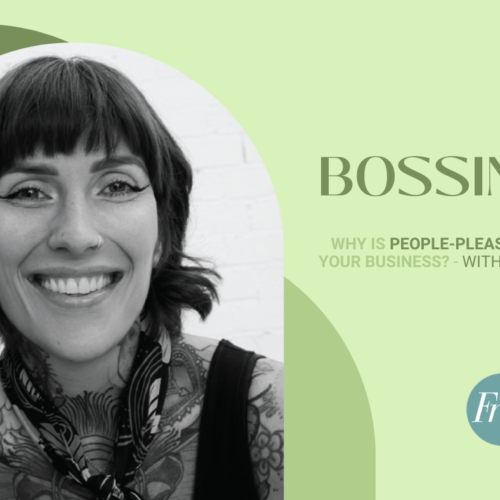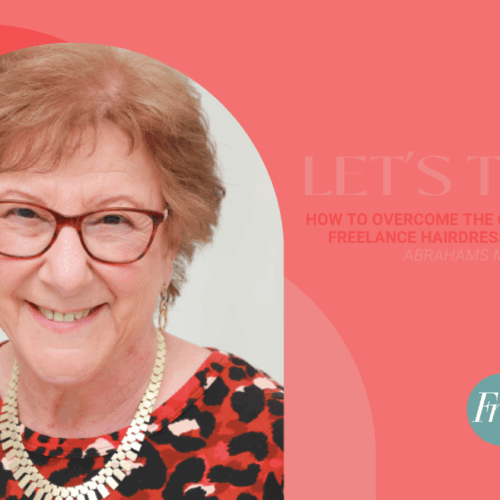We can tend to run away from retailing, but this is another very important part of your business that must not be forgotten. You want your clients to use the best products on their hair to keep it in the best condition possible, so who better to advise and sell to them exactly what they need than their professional hairdresser. Freelancing is a one-to-one service, and we are with our clients because they have invited us to do their hair – it’s the perfect situation to discuss their hair, its problems and the solutions we can offer!
Retailing is also very profitable and very often overlooked. Let’s say each item only has £3 profit, for example, if you sell 10x products a week for 46 weeks a year, you could earn an extra £1380. Now that is worth having!
Now, onto understanding tax. Your personal tax allowance is £12,570. This means that until you have a profit of over £12,570, you have no tax liability. Whilst this depends on your circumstances (which we will dive deeper into in future articles), in general terms this is correct. With this in mind, obtaining the correct level of Public Liability Insurance is crucial – you need to understand the cover it gives you and the skin testing policy that is compatible with the way you work.
Keep an eye out for my next article as we will look at the correct level of insurance you should have…





